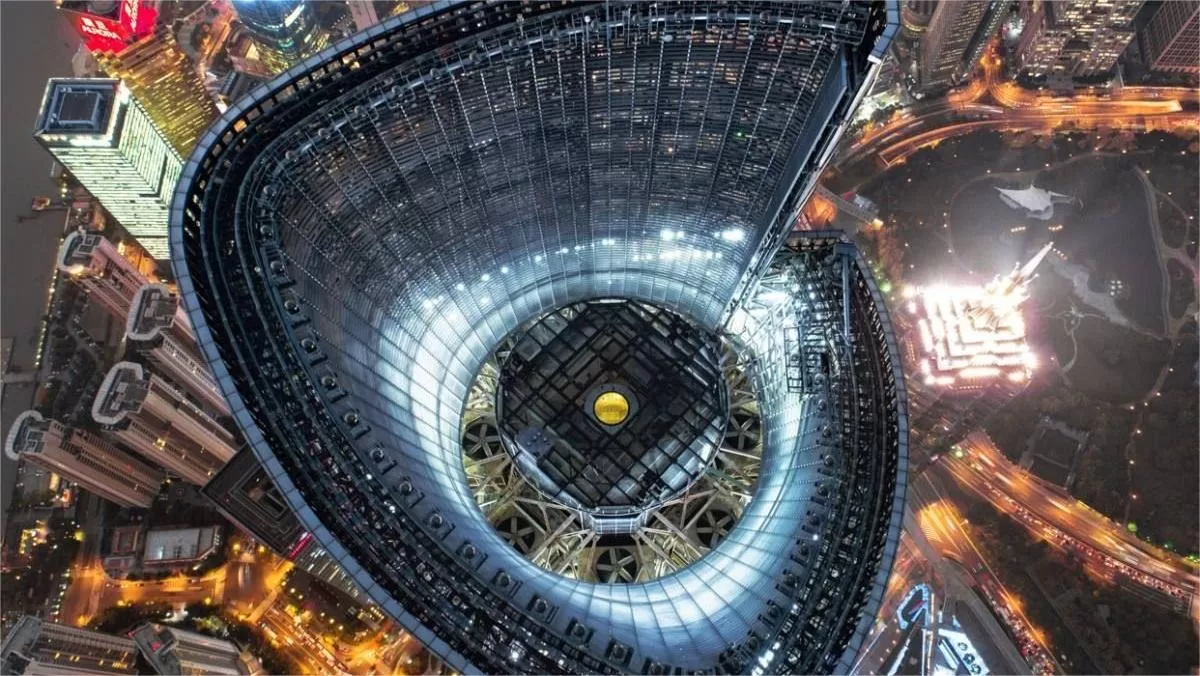Shanghai Tower, located in the Pudong district of Shanghai, China, is one of the tallest buildings in the world, standing at a height of 632 meters. The building is equipped with advanced technology and sustainable features, including a water collection system that efficiently collects, purifies, and recycles rainwater.
The water collection system in Shanghai Tower is designed to reduce the building’s water consumption by up to 60%. The tower’s curved design allows rainwater to collect in the building’s atrium, which acts as a giant funnel. The rainwater is then channeled through a series of filters, which remove impurities and contaminants. The purified water is then stored in a tank located in the basement of the building.
The collected rainwater is used for a variety of purposes, including irrigation, toilet flushing, and cooling tower makeup. The tower’s cooling system, which is responsible for regulating the temperature of the building, uses a significant amount of water. By using rainwater instead of freshwater for cooling, the tower is able to significantly reduce its water consumption.
In addition to the rainwater collection system, the building also utilizes a greywater recycling system. Greywater is wastewater generated from sources other than toilets, such as sinks and showers. The greywater is treated and recycled for non-potable uses, such as flushing toilets and irrigation.
Overall, the water collection system in Shanghai Tower is a prime example of sustainable building design. By reducing the building’s reliance on freshwater sources and maximizing the use of recycled water, the tower is able to conserve resources and minimize its environmental impact.


